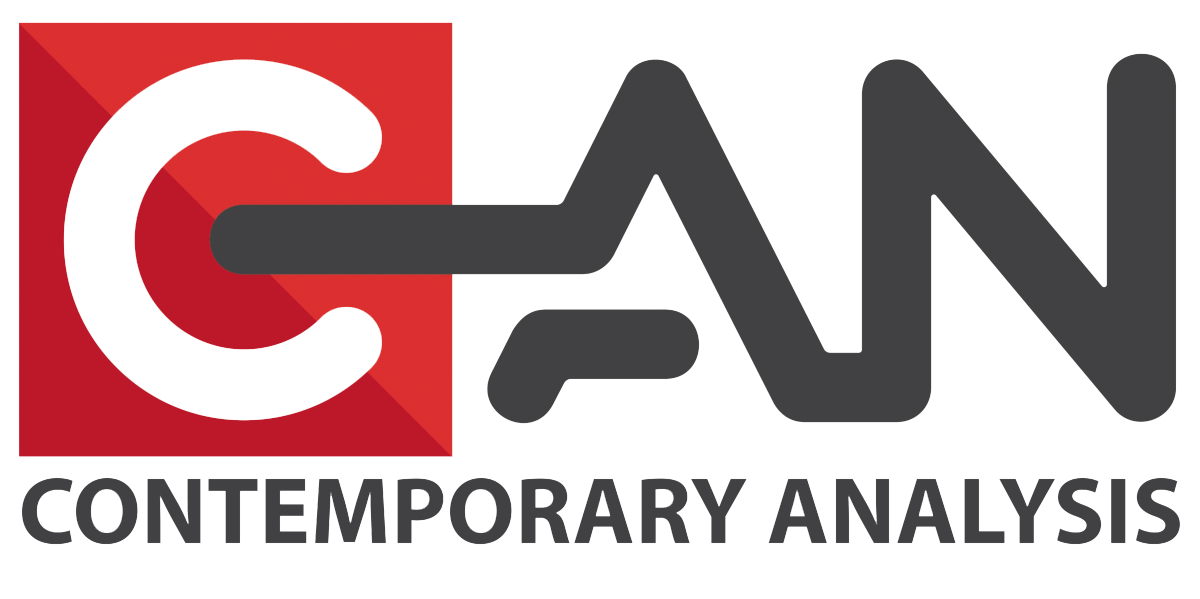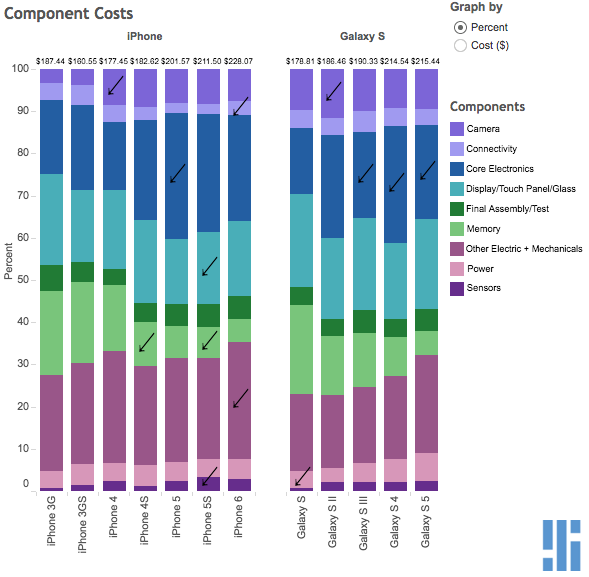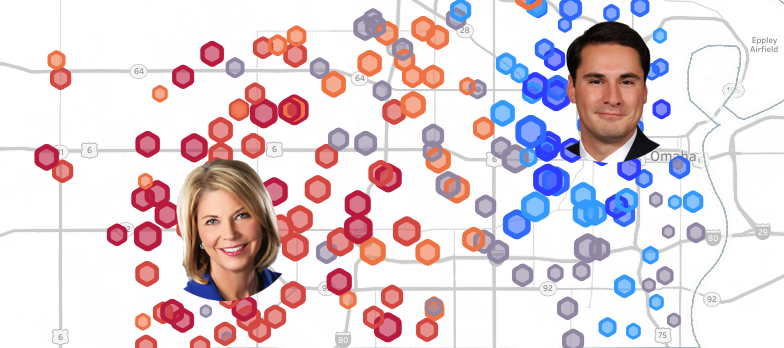Tableau is a data visualization software that CAN uses daily with our customers. We even...
News
read more
From the CAN Vault: History of Predictive Analytics Since 1689
History is a fascination for us at CAN for two reasons. The first is that we find our...
iPhone v. Galaxy
The iPhone versus Galaxy debate. There just doesn't seem to be a clear way to compare...
The Midwest Does Tech
Do you think the Midwest is just a bunch of old barns and prairie grass? Think again....
Where in the world CAN you find us?
In the next few years, CAN is predicted to be among the nation’s leaders in data...
Analyzing Omaha Mayoral Election Data Uncovers Voting Patterns
Last week, incumbent Jean Stothert won re-election in the 2017 Omaha Mayoral Election,...
Check out Data Science Central
Open up any computer at the CAN headquarters and you'll see our favorite data science...
The Man Behind the Scenes: An Interview with Nate Watson
Last month, TechBus interviewed our very own President, Nate Watson. TechBus is an...
Women in Tech: A Visualization from Tableau Public
Here at CAN our free-time is spent researching the latest trends in and facts about data...







